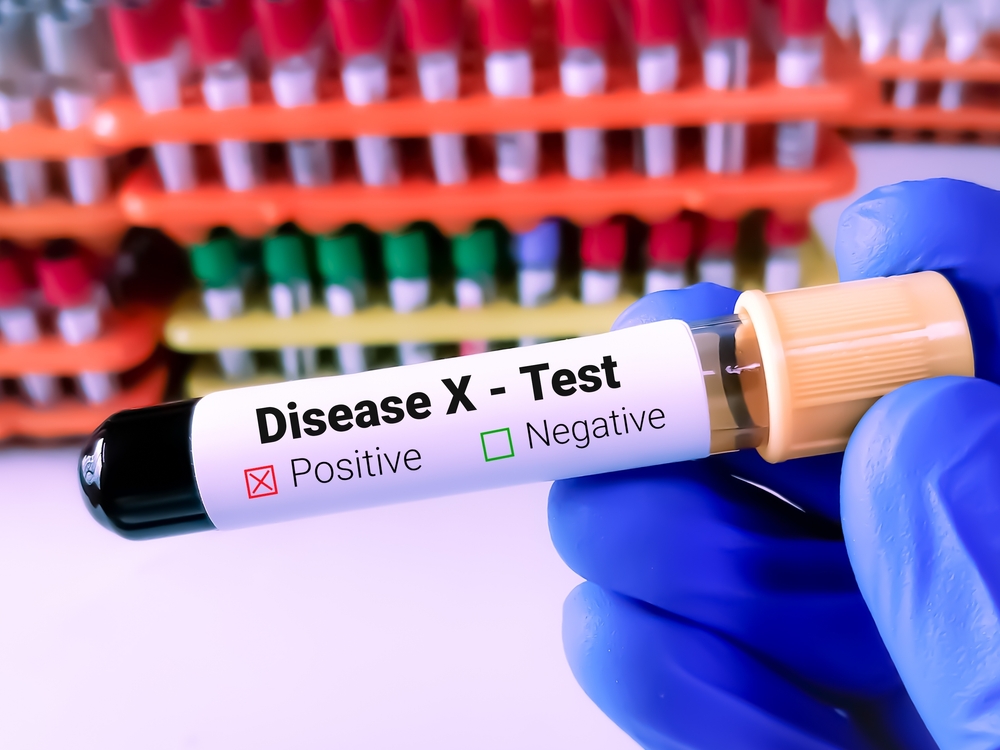The emergence and reemergence of diseases cast a shadow over global health in the complex dance between humans and the microbiological world. A critical first step in the continuous fight against infectious threats is understanding how new and re-emerging diseases spread. The article explores the dynamic landscape of disease transmission, focusing on the factors that spread new and reemerging pathogens.
The Nature of Emerging Diseases
Public health is constantly faced with the challenge of emerging diseases, which are frequently brought on by novel pathogens or strains that have spread from animals to humans. New diseases frequently arise as a result of “spillover,” or the zoonotic (animal-to-human) spread of bacteria or viruses. Urbanization, deforestation, and modifications to agricultural practices are examples of factors that can upset ecosystems, putting people and wildlife in closer proximity and raising the possibility of spillover events.

The Role of Globalization
Rapid movement of people, goods, and animals is a major factor in the spread of diseases in our globalized world. Pathogens can spread quickly around the world thanks to air travel, international trade, and the ease with which goods can be transported across national borders. Traditional methods of disease containment are being challenged by the fact that an infectious agent that was once localized can now travel across continents in a matter of hours.
Population Density and Urbanization
The expansion of metropolitan areas and rising population densities foster an environment conducive to the spread of illness. The risk of transmission is increased by crowded living quarters, poor sanitation, and restricted access to medical treatment. In cities where people are close to one another, there are many opportunities for infectious agents to
Climate Change and Diseases Carried by Vectors
A silent collaborator in the spread of illness is the changing climate. Variations in temperature, precipitation patterns, and the frequency of extreme weather events impact the geographic distribution of disease-transmitting vectors like ticks and mosquitoes. Conditions like malaria, dengue fever, and Lyme disease may spread to areas that were previously unsuitable for certain vectors’ habitats.
Resistance to Antimicrobials
The overuse and abuse of antibiotics and other antimicrobial medications contribute to the emergence of pathogen strains that are resistant to treatment. The worldwide health crisis known as antimicrobial resistance (AMR) jeopardizes our capacity to effectively treat infectious diseases. Once-treatable infections become more difficult to treat due to the ease with which resistant strains can spread throughout communities and across international borders.
Access to Healthcare and Economic Disparities
The spread of diseases is significantly influenced by socioeconomic factors. In areas with poor living conditions, inadequate sanitation, and limited access to healthcare, infectious diseases can quickly spread. In low-income communities, the effects of newly emerging and reemerging diseases are made worse by a lack of resources for surveillance, early detection, and prompt intervention.
Disease Spread and the Role of Wildlife
Emerging diseases can have their origins in wildlife, which are frequently reservoirs of various pathogens. Human-animal disease transmission is facilitated by the global exotic pet trade, wildlife trafficking, and habitat invasion. In order to stop new infections from infecting human populations, it is imperative that efforts be made to comprehend and keep an eye on the health of wildlife populations.
Early Warning Systems and Surveillance
Early warning systems and surveillance are essential parts of a proactive defense in the fight against the spread of disease. Public health authorities can act quickly by keeping an eye on changes in disease patterns, spotting odd case clusters, and recognizing new threats. The ability of the international community to jointly address newly emerging and reemerging diseases is further enhanced by international collaboration and information-sharing mechanisms.
Interventions in Public Health and Preparedness
Reducing the effects of new and re-emerging diseases requires effective public health interventions and preparedness measures. Programs for vaccination, community education, and the creation of quick diagnostic tools all support a strong defense against infectious threats. Comprehensive approaches to disease prevention and control also include investing in research, developing healthcare infrastructure, and creating backup plans.

Conclusion
There are many different aspects to the dynamics of the spread of new and reemerging diseases, including ecological, social, and global factors. The need for a coordinated, multidisciplinary approach to disease surveillance, prevention, and response is becoming more and more apparent as our world gets more interconnected. Protecting the health of the world requires an understanding of the nuances of disease transmission, which range from the invasion of natural habitats to the complexity of urbanization and globalization. By tackling these issues together, the world community can create a more robust defense against the constantly changing field of infectious diseases, guaranteeing a safer and healthier future for everybody.


